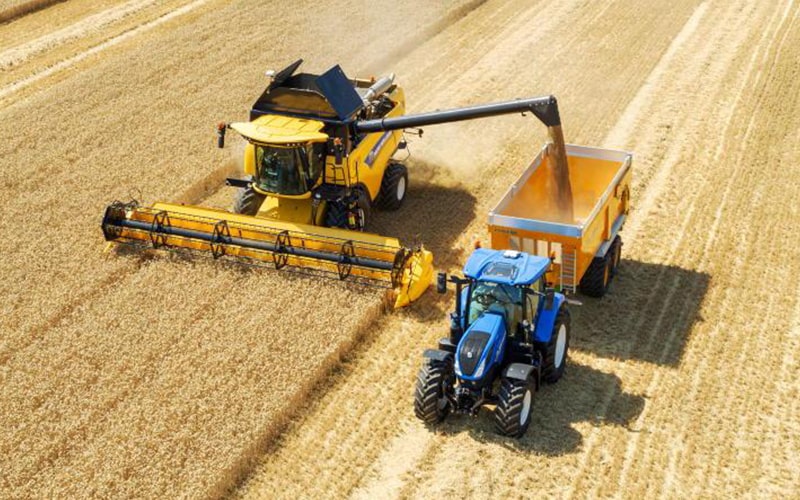Grain farmers require combines, also known as harvesters or combine harvesters, that help to harvest their crops efficiently. Even small-scale grain farmers can benefit greatly by using a combine. These massive pieces of machinery use a complex system of gears, blades, belts, and wheels to tum cereal crops into grain. Combines to accomplish this through three primary processes:
Reaping: Reaping is the process of cutting the plant, which is accomplished by the header, reel, and cutter bar on the combine. The header gathers the crops while the reel pushes them toward the cutter bar, which cuts the crops at their base.
Threshing: Threshing is the process of separating the edible parts of the crop from the non-edible parts. This is accomplished by the threshing drum, which beats the cut crops to separate the grains from their stalks.
Winnowing: Winnowing is the process of separating light chaff from the grain, and it is usually accomplished while the grain is in the threshing drum. Chaff is usually separated from the grain through the use of sieves.
There is a huge array of combines and combine attachments to meet the needs of any farm. Many newer combines are even able to track yield data, showing which areas of the field did well and which areas did poorly so that these issues can be addressed the following year.


Comments are closed.